Everyday Items That Are Banned in Prison
Have you ever thought about what you’d pack if you were suddenly sent to prison? Probably not. But here’s the thing—some of the most mundane items in your home, things you’d never think twice about, are banned in correctional facilities. This is because in a place where security and order are everything, even the most innocent-looking objects can cause big problems. Let’s check out some everyday items you can’t bring into prison and the bizarre reasons behind these rules.
Chewing Gum
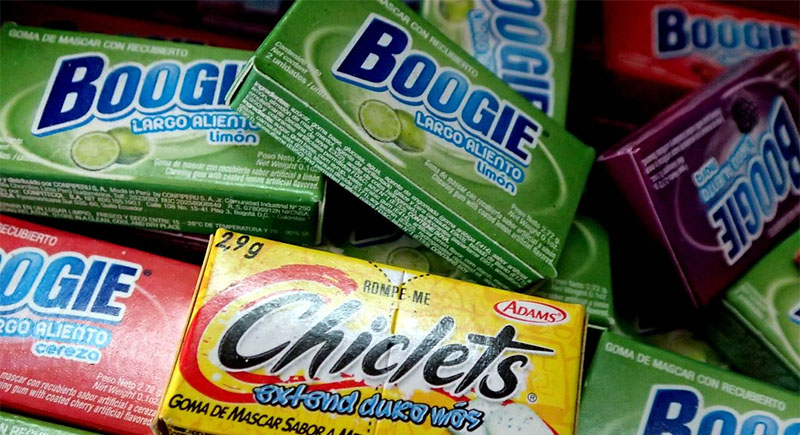
Credit: flickr
It’s hard to imagine gum being a threat, but in prisons, it’s more than just a sticky inconvenience. Inmates have been known to use gum to jam locks, secure hidden contraband, or even create improvised seals for makeshift tools. Plus, improperly discarded gum can wreak havoc on a facility’s cleanliness—something that’s already a challenge in shared spaces.
Spiral Notebooks
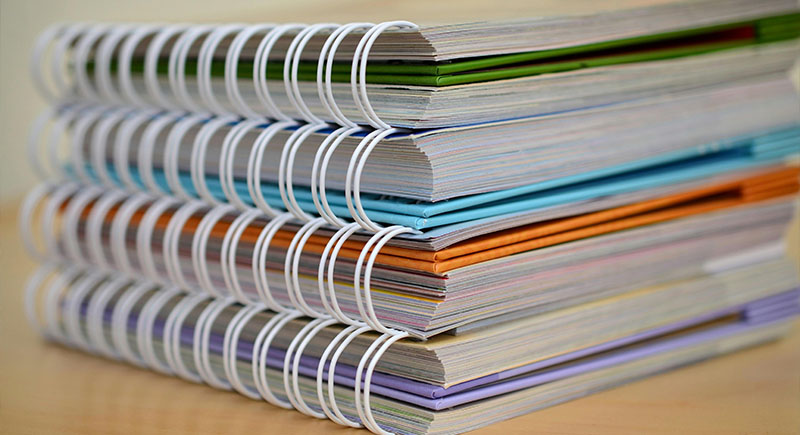
Credit: pexels
What could possibly be dangerous about a notebook? The metal spiral, that’s what. Inmates have been known to unravel the coil and fashion it into sharp tools or even weapons. It’s also been used to pick locks. To avoid these risks, prisons stick to glue-bound notebooks that can’t be easily dismantled—same function, far fewer risks.
R-Rated DVDs
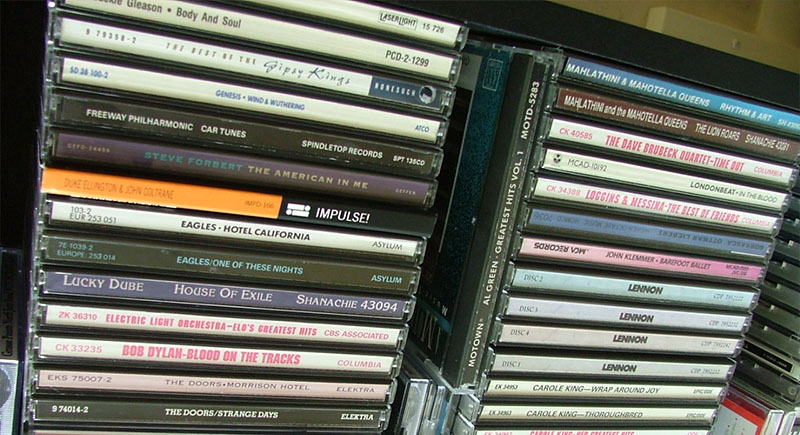
Credit: Wikimedia Commons
The main purpose of bans is to keep things under control. Thus, R-rated DVDs, often filled with violence or explicit material, are banned due to their ability to trigger conflict or emotional unrest. To maintain a calm atmosphere, the allowed options usually lean toward family-friendly or neutral programming.
CDs

Credit: Wikimedia Commons
The once-popular compact disc is considered contraband because it can easily be broken into jagged pieces. These shards can be turned into weapons or tools. That’s why digital music players loaded with pre-approved tracks are a safer alternative in many modern prisons.
Letters Containing Lipstick Stains
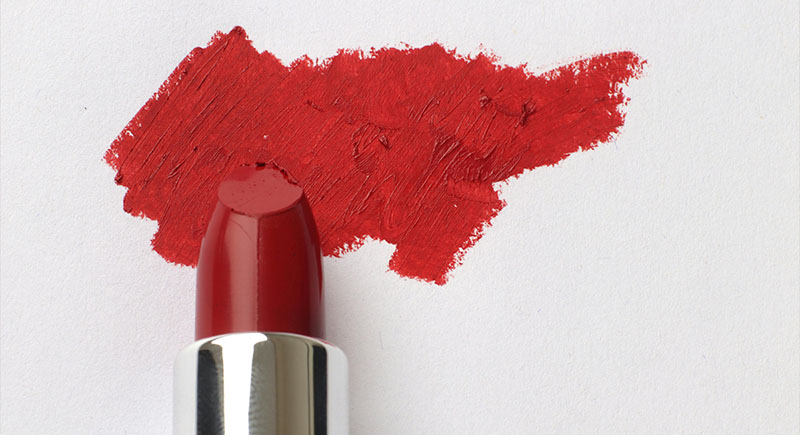
Credit: pexels
Mail plays an important role in connecting inmates with their loved ones, yet it’s highly scrutinized. In particular, letters with lipstick stains are viewed with suspicion in prison mailrooms. Lipstick can be used to smuggle drugs or other substances into the facility. These stains require additional screening, and the risk often outweighs the sentimental value.
Crayon and Marker Drawings
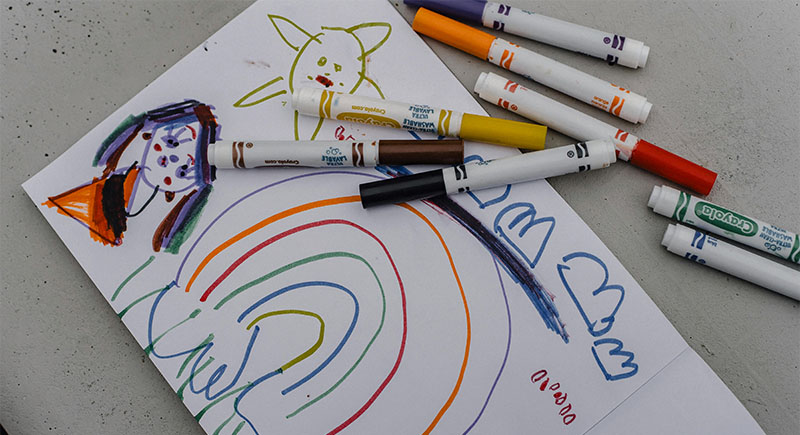
Credit: pexels
Crayons and markers, which evoke innocent images of childhood art projects, are surprisingly problematic in prisons. These items can be used to disguise contraband, with wax or ink acting as a concealment medium. Even the drawings themselves can contain hidden messages, so they’re typically replaced with safer, prison-issued art supplies.
Certain Books
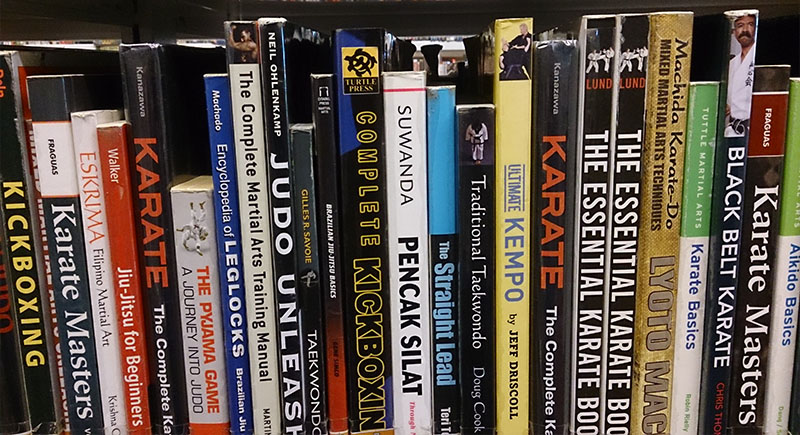
Credit: Wikimedia Commons
Not all knowledge is safe in a correctional facility. Books that teach martial arts, chemistry, or lock picking, for example, are banned because they provide skills that could be used to harm others or compromise security. The focus is on keeping the educational material constructive and harmless, with restrictions on anything that could give inmates an edge in causing trouble.
Staples
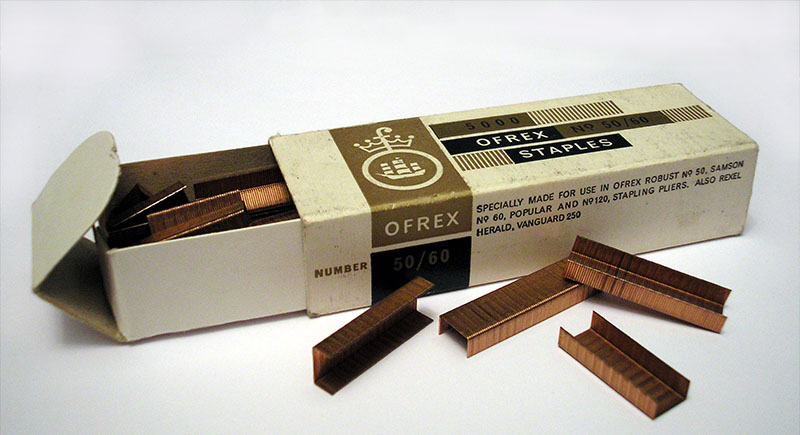
Credit: Wikimedia Commons
Staples are so small you might not even notice them in a stack of papers. Yet, they’re a pretty big deal in prisons. These tiny pieces of metal can be removed, sharpened, and turned into weapons or tools for tampering with locks. As a result, prisons opt for alternative binding methods like glue or tape to avoid unnecessary risks.
Paperclips
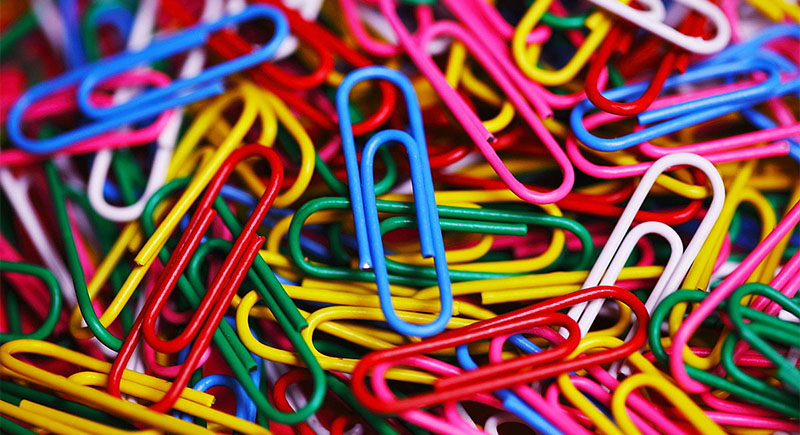
Credit: Wikimedia Commons
Much like staples, paperclips are simple office tools that can turn into potential weapons in a prison setting. Their malleable design makes them ideal for bending into sharp points or makeshift tools. Removing them from the equation ensures fewer opportunities for misuse.
Full-Length Pencils
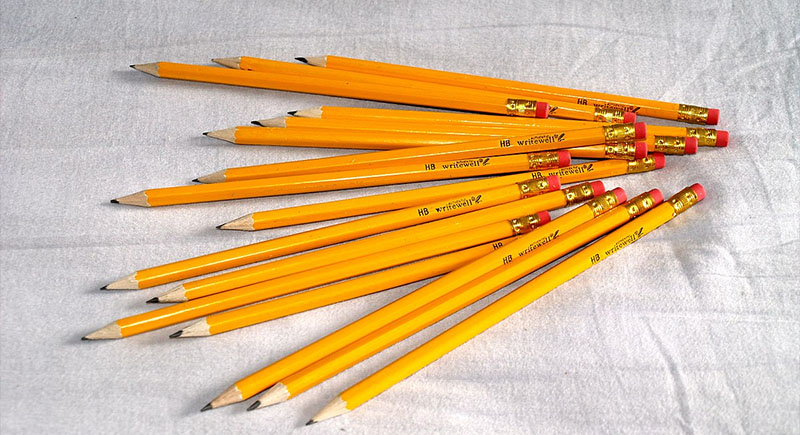
Credit: Wikimedia Commons
You’d never think of a pencil as anything but a writing instrument, but in the wrong hands, a full-length pencil can become a weapon. It’s easy to sharpen into a point and use dangerously. To address this, prisons often supply shorter, pre-sharpened pencils, which are less likely to cause harm while still allowing inmates to write and draw.
Hard Candy
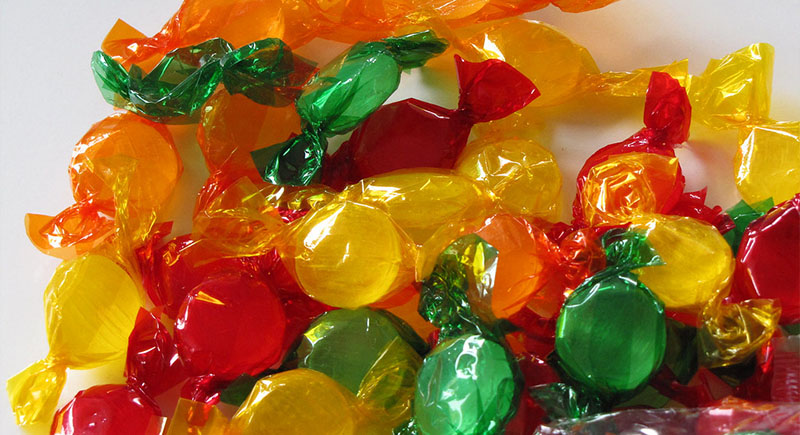
Credit: flickr
Sweet treats like hard candy have unexpected risks in a prison environment. When melted down and reshaped, they can become solid, sharp objects. Their small size also makes them ideal for smuggling contraband. Many prisons avoid these problems by simply excluding hard candy from commissary options.
Cash
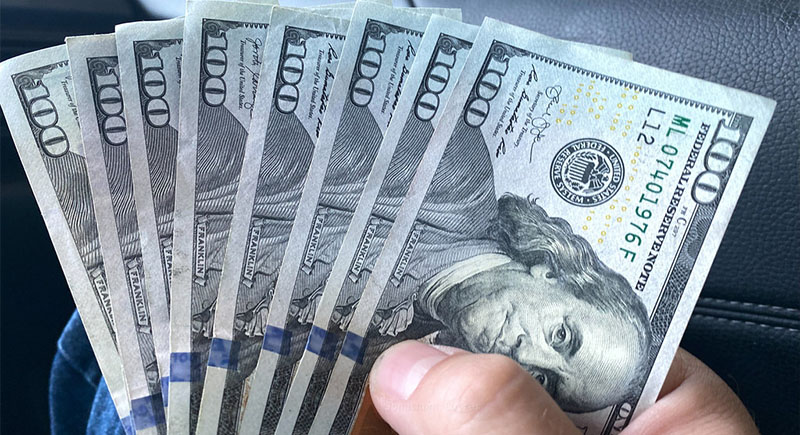
Credit: flickr
Physical cash has no place in prison life. It fuels bribery, illegal trade, and other contraband-related activities. Instead, inmates use secure accounts where approved funds are electronically deposited. This monitored system helps maintain transparency and curtails underground economies.
Map

Credit: pexels
After reviewing the above items, you can imagine why maps may be banned or restricted in a typical prison. A map of the facility—or even of surrounding areas—can aid in planning escapes or coordinating illegal activities. For security reasons, even books containing maps are carefully screened before being allowed inside.
Foil
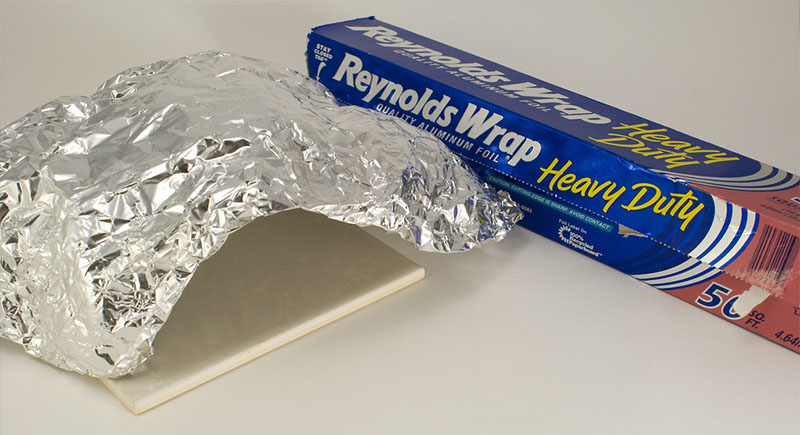
Credit: flickr
Aluminum foil’s versatility is what makes it a problem. In prisons, it’s been used to hide drugs, craft tools, or disrupt electronic security systems. Foil can also be combined with other materials to create heat sources for tampering with devices. Its potential for misuse makes it one of the most tightly controlled items.
Waxed Dental Floss
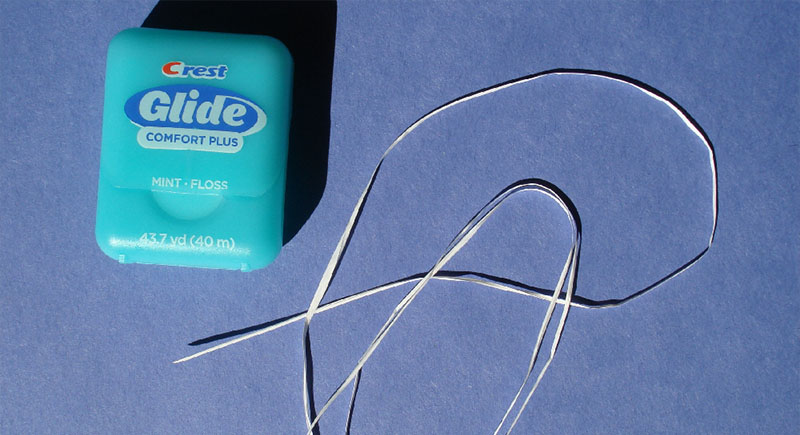
Credit: Wikimedia Commons
Waxed dental floss is banned in most prisons. The wax coating makes the floss stronger and more durable, which means it can be used to bind items together, create makeshift ropes, or even aid escape attempts. Safer, non-waxed options are typically provided under supervision.
Perfume and Aerosol Deodorants
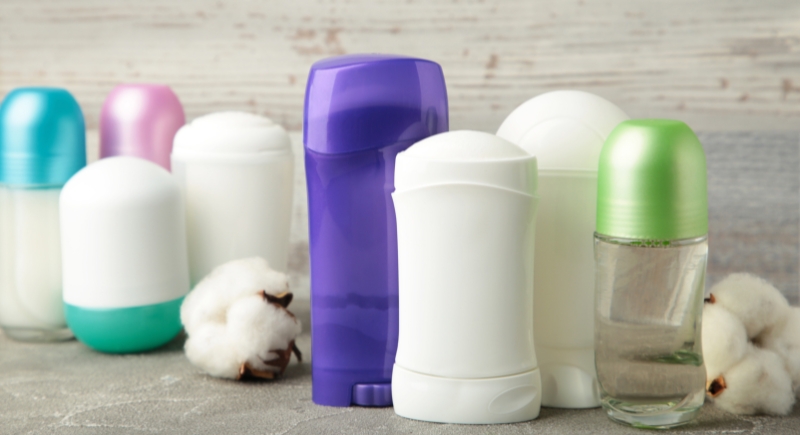
Credit: Canva
Perfumes and aerosol deodorants might seem harmless, but they’re banned in most prisons for safety reasons. The presence of alcohol and pressurized gases makes them flammable, while some inmates have misused aerosols as inhalants or propellants. These restrictions protect against accidents and ensure hygiene items remain safe for controlled, supervised use.
Smartphone Chargers

Credit: Wikimedia Commons
Even without phones, chargers often appear on contraband lists. Their metal parts and electrical current can be rewired into dangerous tools or used to power hidden devices. What seems to be a harmless cord can become a potential hazard in a tightly monitored environment, where safety always takes precedence over convenience.